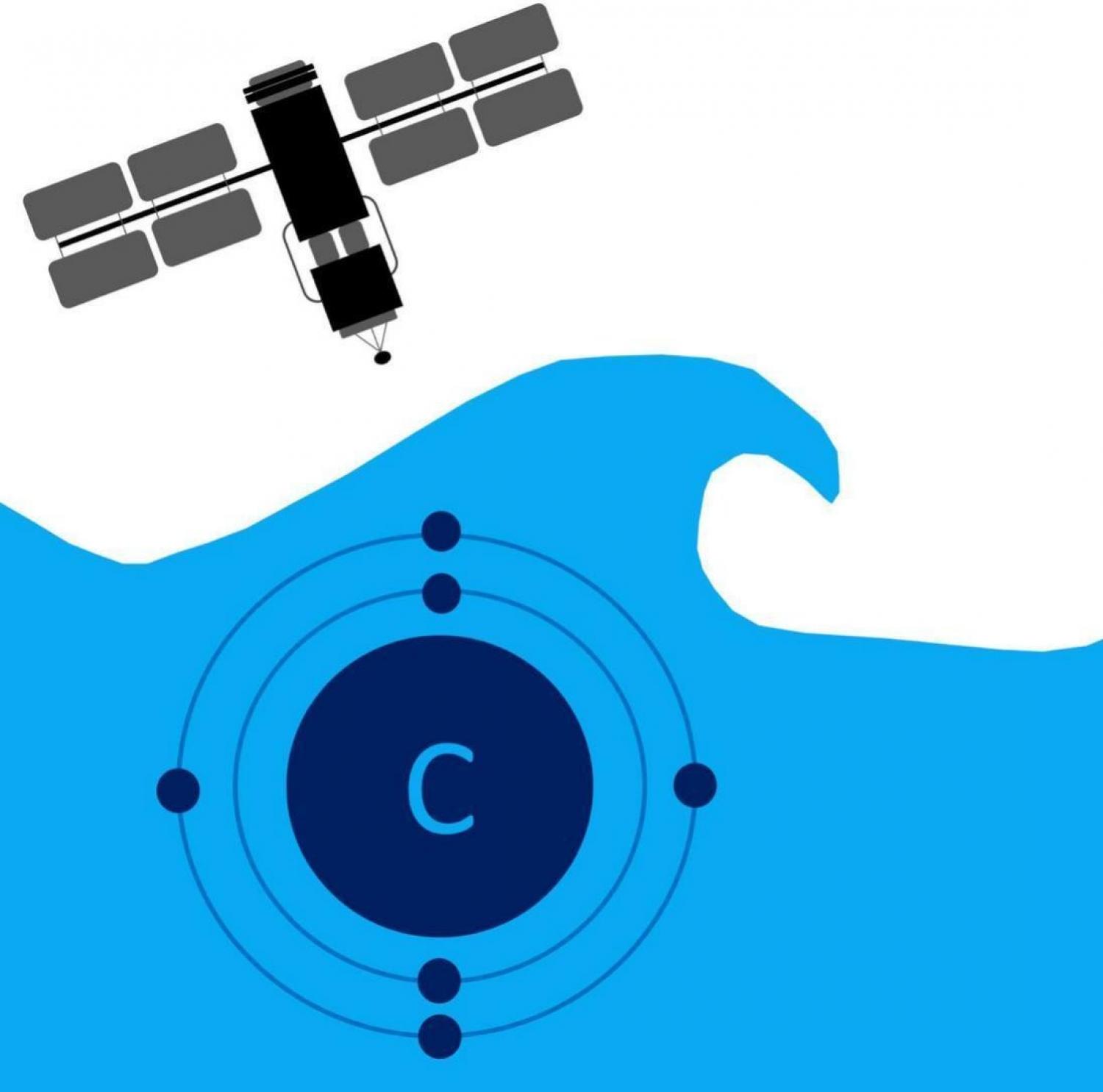
The ocean plays a central role in modulating the Earth's carbon cycle. Monitoring how the ocean carbon cycle is changing is fundamental to managing climate change. Satellite remote sensing is currently our best tool for viewing the ocean surface globally and systematically, at high spatial and temporal resolutions, and the past few decades have seen an exponential growth in studies utilising satellite data for ocean carbon research. Satellite-based observations must be combined with in-situ observations and models, to obtain a comprehensive view of ocean carbon pools and fluxes. To help prioritise future research in this area, a workshop was organised that assembled leading experts working on the topic, from around the world, including remote-sensing scientists, field scientists and modellers, with the goal to articulate a collective view of the current status of ocean carbon research, identify gaps in knowledge, and formulate a scientific roadmap for the next decade, with an emphasis on evaluating where satellite remote sensing may contribute. A total of 449 scientists and stakeholders participated (with balanced gender representation), from North and South America, Europe, Asia, Africa, and Oceania. Sessions targeted both inorganic and organic pools of carbon in the ocean, in both dissolved and particulate form, as well as major fluxes of carbon between reservoirs (e.g., primary production) and at interfaces (e.g., air-sea and land–ocean). Extreme events, blue carbon and carbon budgeting were also key topics discussed. Emerging priorities identified include: expanding the networks and quality of in-situ observations; improved satellite retrievals; improved uncertainty quantification; improved understanding of vertical distributions; integration with models; improved techniques to bridge spatial and temporal scales of the different data sources; and improved fundamental understanding of the ocean carbon cycle, and of the interactions among pools of carbon and light. We also report on priorities for the specific pools and fluxes studied, and highlight issues and concerns that arose during discussions, such as the need to consider the environmental impact of satellites or space activities; the role satellites can play in monitoring ocean carbon dioxide removal approaches; economic valuation of the satellite based information; to consider how satellites can contribute to monitoring cycles of other important climatically-relevant compounds and elements; to promote diversity and inclusivity in ocean carbon research; to bring together communities working on different aspects of planetary carbon; maximising use of international bodies; to follow an open science approach; to explore new and innovative ways to remotely monitor ocean carbon; and to harness quantum computing. Overall, this paper provides a comprehensive scientific roadmap for the next decade on how satellite remote sensing could help monitor the ocean carbon cycle, and its links to the other domains, such as terrestrial and atmosphere.
